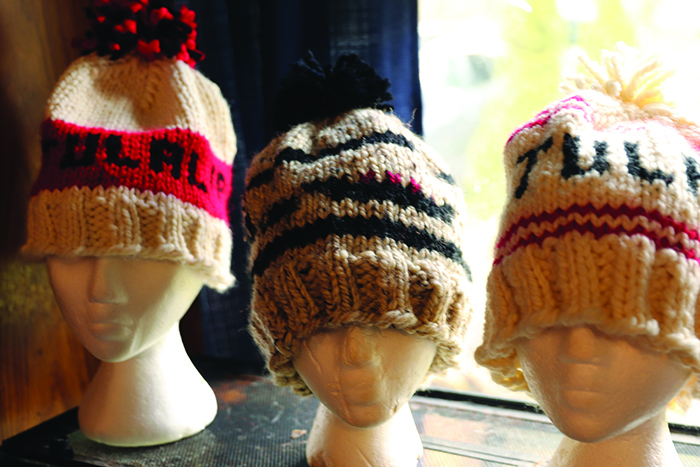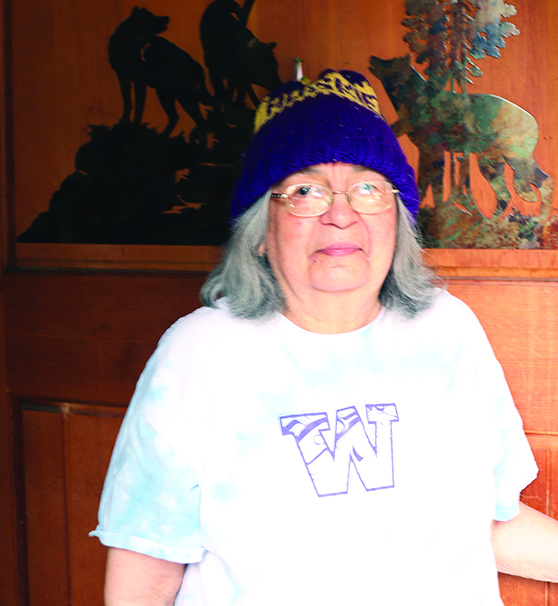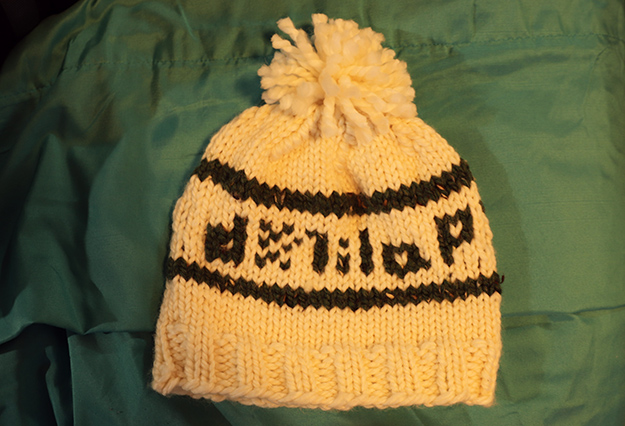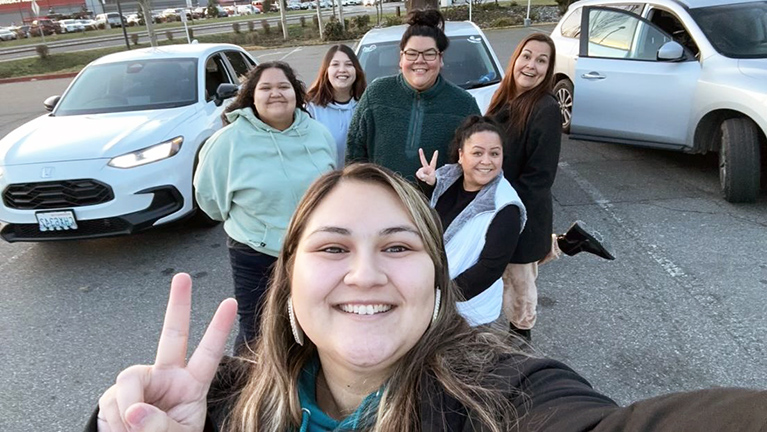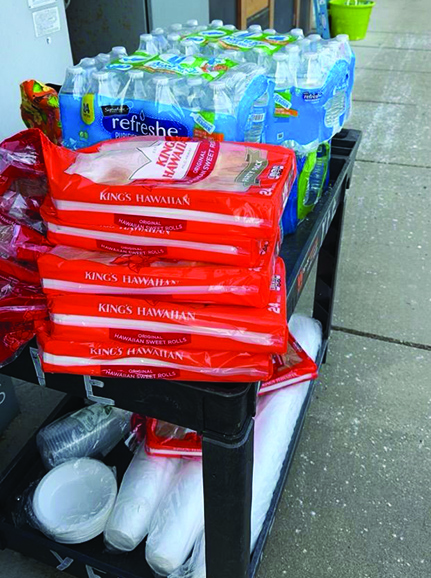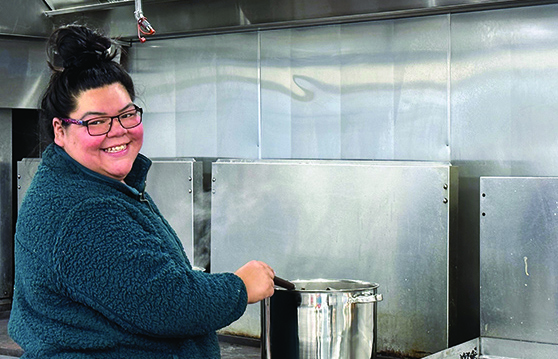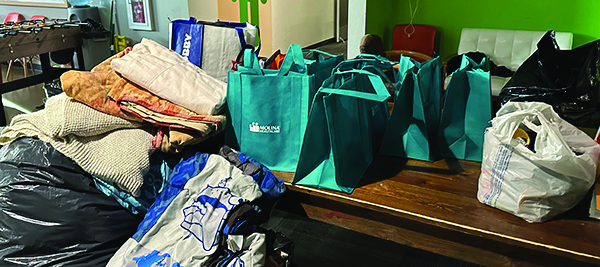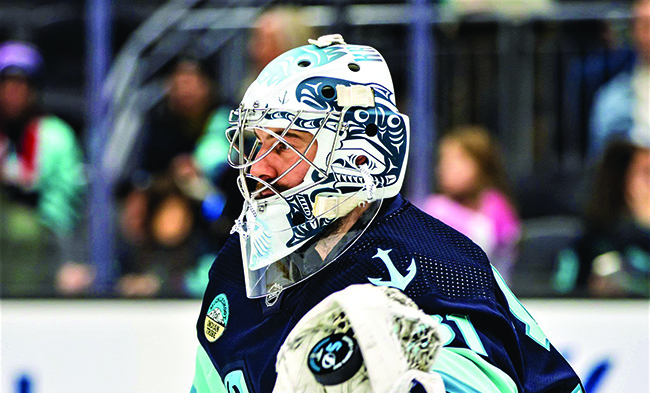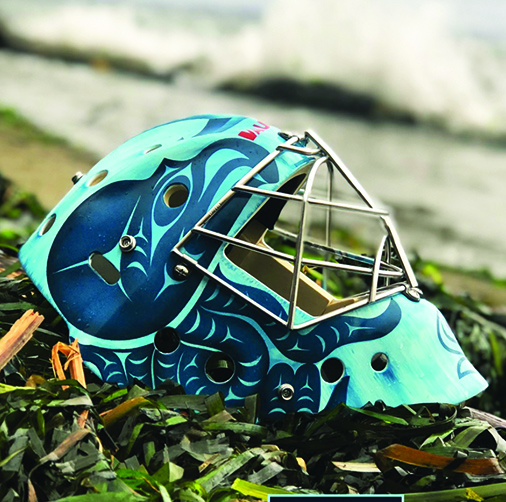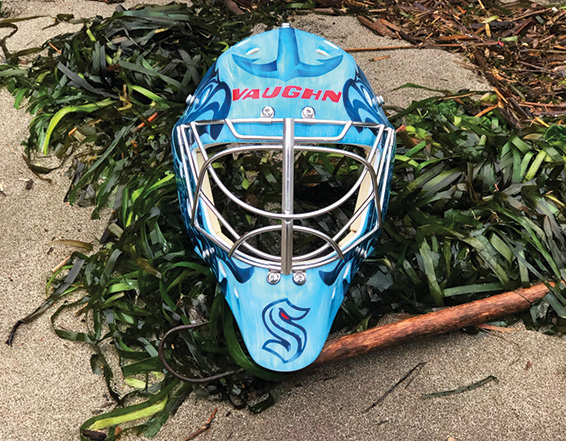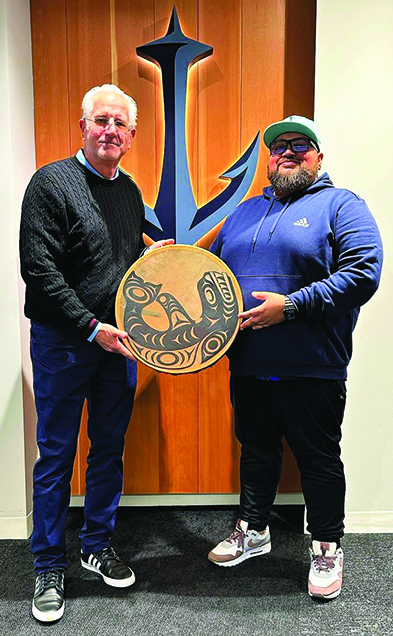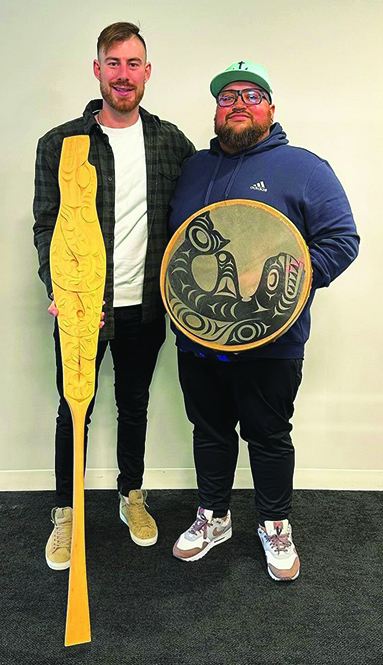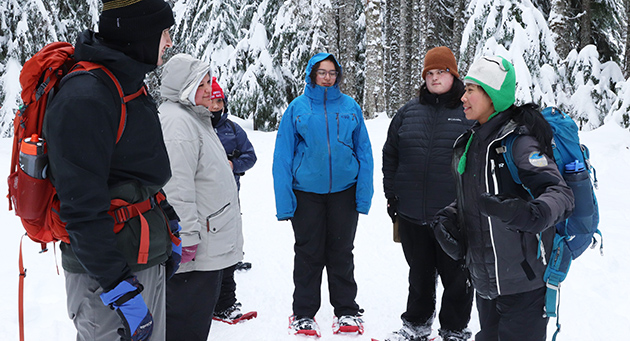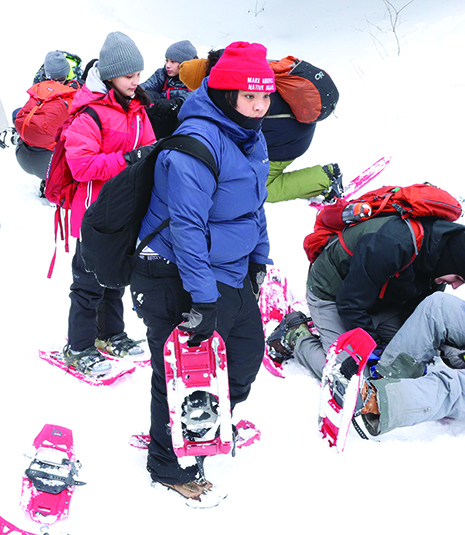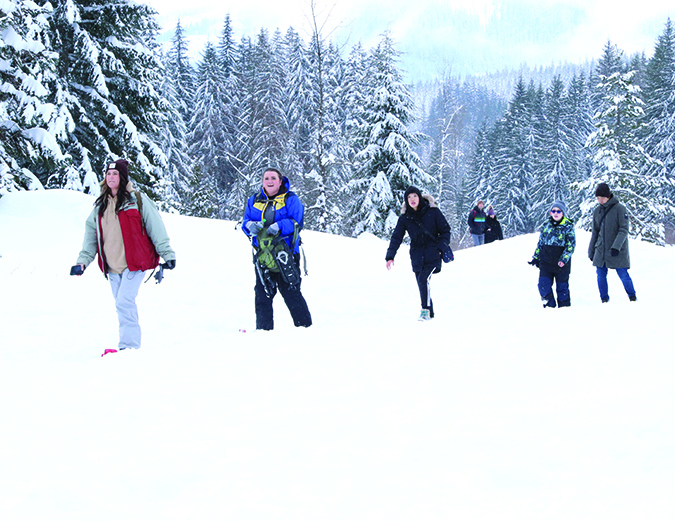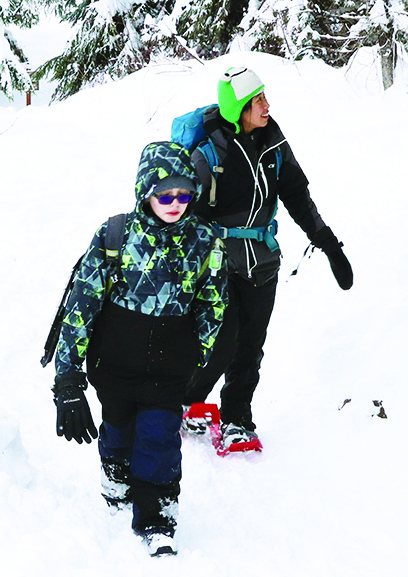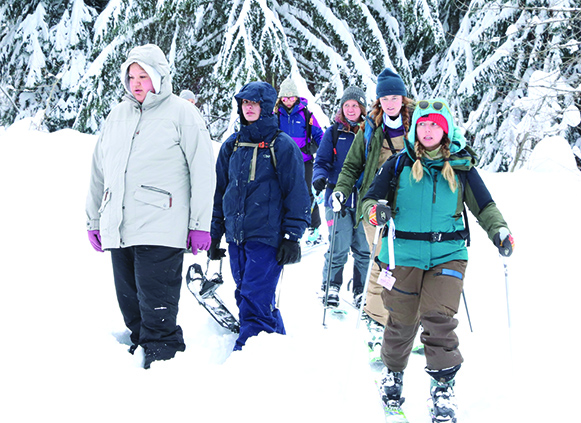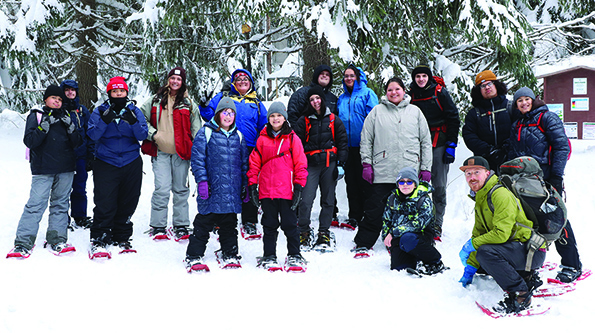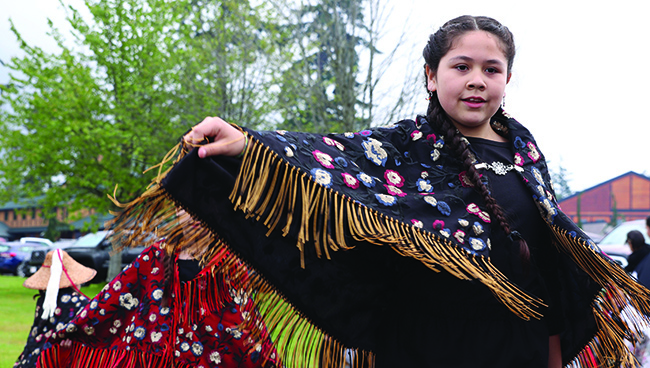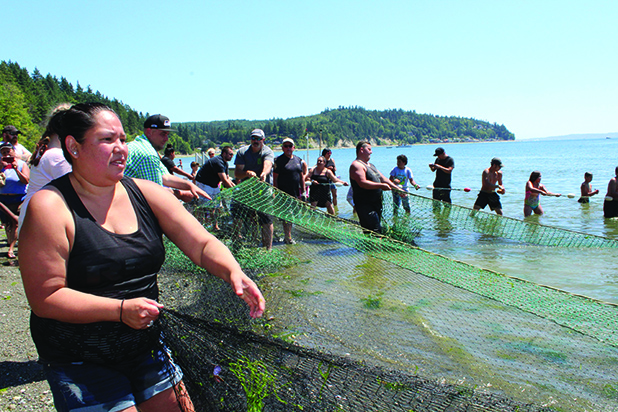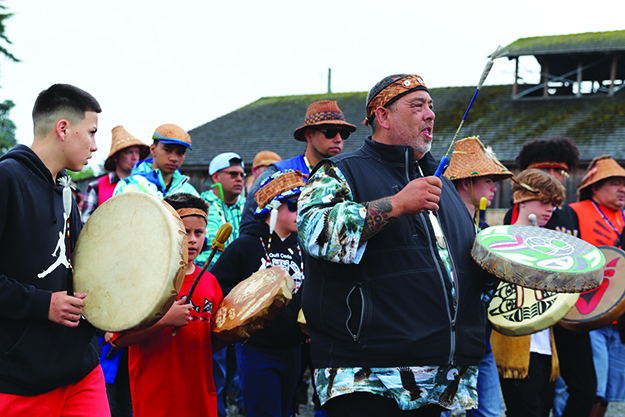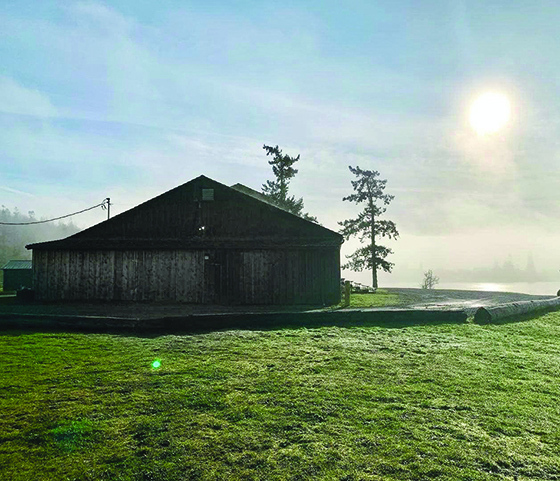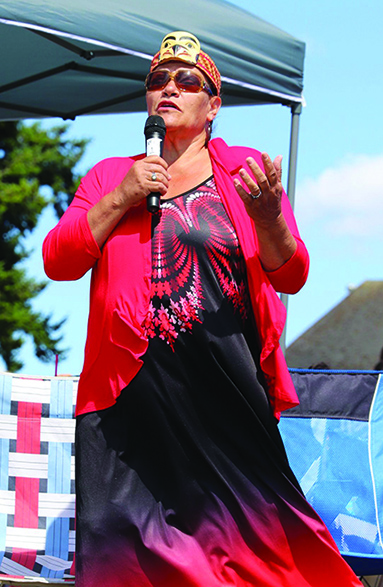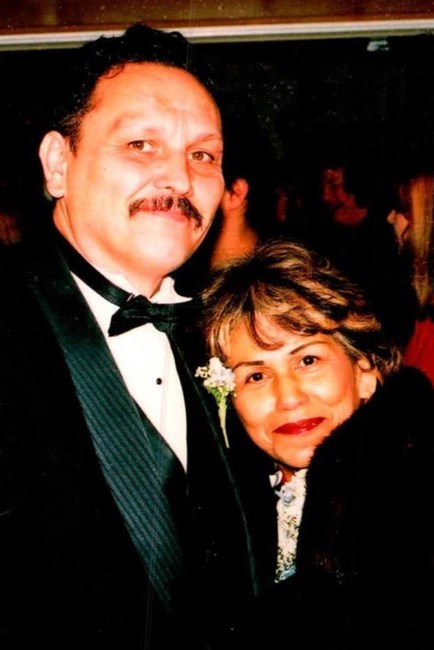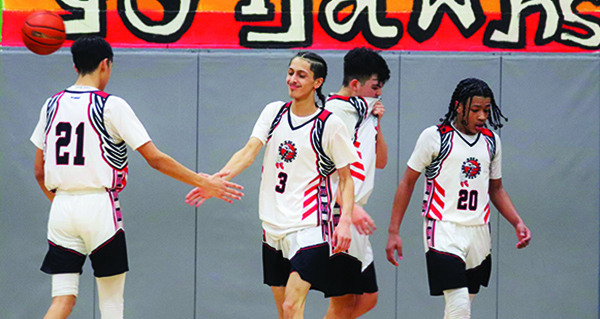
By Micheal Rios, Tulalip News
It’s been a roller coaster like season for the Lady Hawks. This up and down, twist and turn filled ride is most evident by their final two home games.
On Saturday, January 27, Tulalip hosted fellow tribal school Taholah at Francy J. Sheldon gymnasium. We’ll save the disastrous details and simply refer to this one as a game to forget as the Lady Hawks found themselves on the wrong end of an 83-11 thumping.
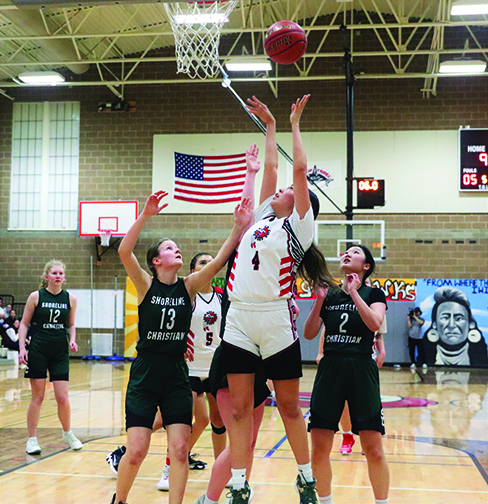
Forty-eight hours later, the girls rebounded in a huge way when Shoreline Christian came to town on Monday, January 29. A slow-paced opening quarter yielded buckets by Tieriana, Audrielle, Raylee, and Kendra who combined to put their team ahead, 9-4.
Over the 2nd and 3rd quarters, the Lady Hawks found their groove in an emphatic way. With the McLean sisters spearheading the attack, the home team got the crowd into a frenzy by forcing Shoreline to turn the ball over and over again. Each time resulted in a transition opportunity for either an Audrielle layup or a Tieriana 3-pointer.
Entering the 4th quarter, Tulalip led 37-17. Kendra, a senior forward, continued to battle multiple Shoreline players to secure rebounds which opened up uncontested shot attempts for her teammates. When only being single covered, she’d use her size advantage to shoot over the smaller defender.
To the delight of all the friends and family who turned out for senior night, the Lady Hawks bounced back the Taholah loss with a 52-24 W. Audrielle led all scorers with 22 points, her big sister scored 18 points, and Kendra added 8 points.
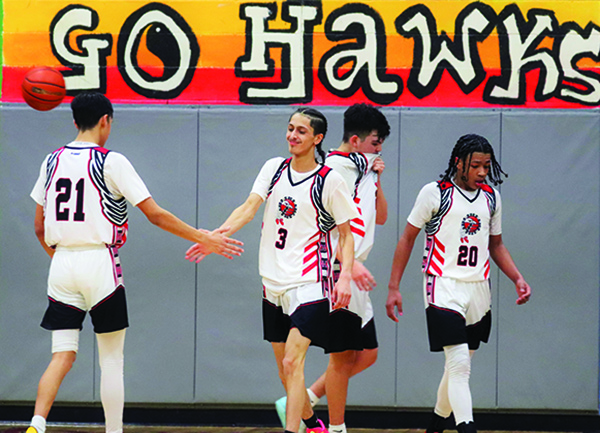
After the game, senior guard Tieriana shared, “Being senior night, there was a lot of pressure to perform and get the win. Usually when I miss shots early in the game, I quit shooting late, but that didn’t happen today. I kept shooting and, especially in that 3rd quarter, I got hot. [Steph Curry hot]. After our tough loss to Taholah, we really needed this game and we got it.”
When was asked how much it meant to get this W for her sister on senior night, junior guard Audrielle quipped, “I don’t know. A lot!” Fair enough. She then added, “This win boosts our confidence with playoffs coming up. That’s for sure.”
As of January 31, the WIAA website showed the Tulalip Lady Hawks earning a play-in bye, which sets them up with a Saturday, February 3, showdown with Orcas Island at Orcas Island high school. Tip scheduled for 12:30pm.
____________________________________________
Hawks secure #2 seed with back-to-back Ws at home
The Tulalip Heritage Hawks were riding a 4-game winning streak when they faced off with Taholah on Saturday, January 27. The gym was near full capacity with some people going so far as to bring in chairs from staff offices in order to sit down. Playing another tribal school always adds some extra juice to players on the court and fans sitting courtside.
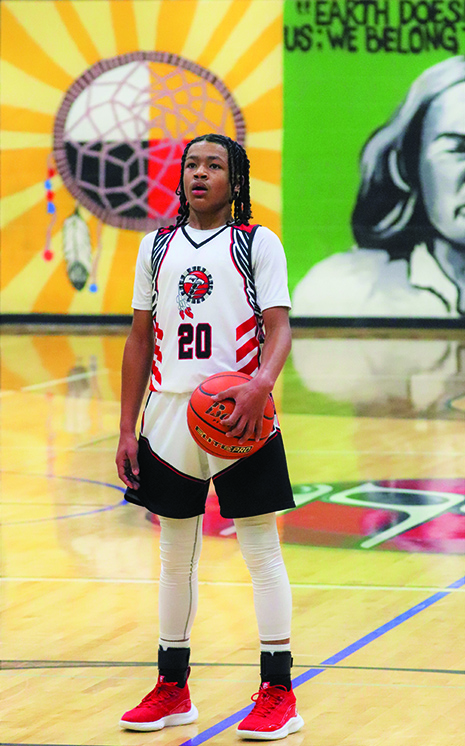
The boys mauled their opponent from the get go, jumping out to a 20-9 after one quarter of play. Playing their patented style of run-and-gun offense, fueled by forcing turnovers, would wear on Taholah’s starters as the game went along.
While Heritage dictated tempo, freshman guard J.J. Gray carved up the Taholah defense at every opportunity. At halftime, J.J. had 19 points and nearly outscored the visitors by himself as the home team led 37-19.
In the second half, Chano Guzman, Tokala BlackTomahawk, and Amare Hatch would score an array of buckets from within the painted area and along the perimeter to put the game away.
The Hawk’s extended their winning streak to 5 with a 67-45 win. Tulalip was led by J.J.’s 22 points, while Tokala scored 13 points, and both Chano and Amare had 11 points each.
“Our practices have been improving, our team energy is going up, and our mentality is getting right,” remarked senior guard Chano of the team’s win streak.
“All the fans filling the gym and their energy we definitely feed off,” added freshman guard J.J.
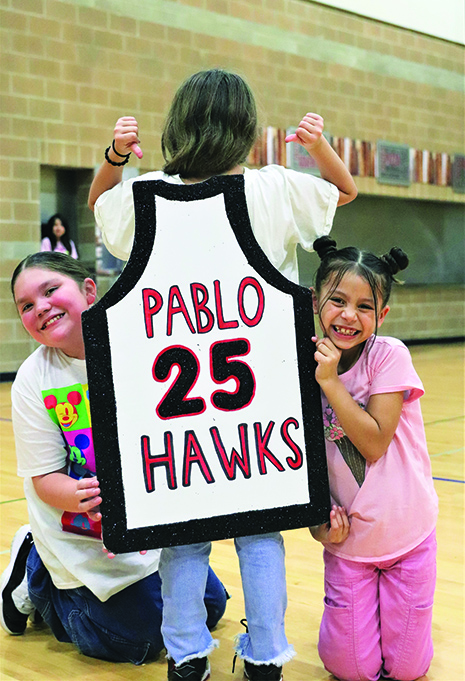
Tulalip thrived in their home court advantage, once again, just two days later when they hosted Shoreline Christian. Head coach Shawn Sanchey, a Heritage alum and four-year hooper, understood the importance of senior night for his squad and trotted out an all-senior lineup.
Senior forward Hazen Shopbell Jr. responded to the starting nod by knocking down a midrange jumper and then swishing a 3-pointer. Up 5-0 in the early going, Coach Sanchey called timeout to get his normal starters into the game and his seniors a rousing ovation as they hit the bench. Shoreline responded by going on a run of their own and took a short-lived lead, 5-6.
Once Tulalip’s offense found its normal tempo, it was a wrap. At the end of the 1st quarter, the boys led 16-11. By the end 2nd quarter, that lead was pushed to 29-19. There was some contentious moments, fueled by physical play by both teams and the heightened tension from a packed house, but it proved to only fuel contributions from Tokala BlackTomahawk and Amare Hatch.
Tokala scored 12 points, including two 3-pointers, and Amare scored 18 points, including three 3-pointers, that kept the Hawks rowdy fanbase in classic form while the home team secured another W, 59-34.
With the winning streak now at 6 in a row, Coach Sanchey described how much the big night meant to his boys.
“Senior night is really important to the kids. I still remember my senior night and how much it meant to have all the support in the stands, rooting us on,” he said. “Staring five seniors allowed for them take in the moment and hopefully share in an experience they’ll never forget. And they responded, too, by helping us to the early lead.
“Of course, there were some moments of adversity late in the 1st half, but my coaching staff has prepared them for moments like that. We emphasize fighting through adversity, keeping the motor going, and not letting anything dictate what we know we’re capable of achieving on the court. They really showed that resilient mindset tonight. I’m really proud of all our players.”
As of January 31, the WIAA website showed the Tulalip Hawks earning the right to host a home playoff game in the opening round of Districts. Game time and opponent yet to be determined. However, it will be played at Francy J. Sheldon gymnasium on Saturday, February 3.

